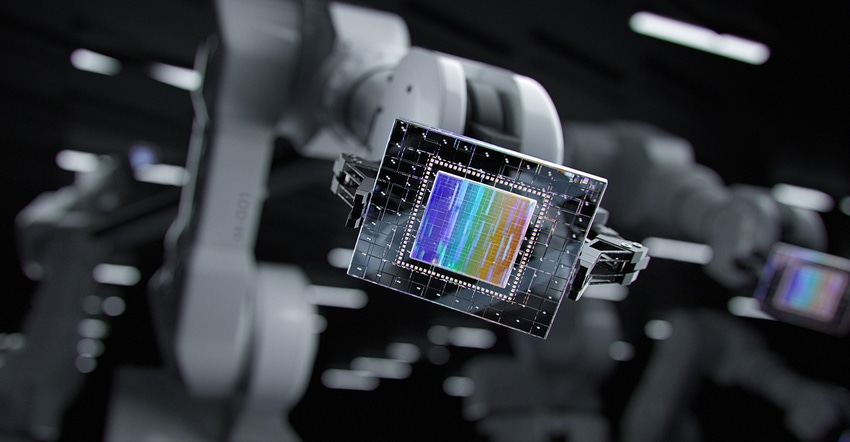Automation helps manufacturers physically produce goods. AI takes automation further – into decision making.
February 14, 2022

Industry 4.0 organized assets on the shop floor and relieved much of the dirty and dangerous physical labor in the plant. Artificial intelligence (AI) is going further. These software systems are beginning to replace some of the human decision-making. The idea is that AI can make decisions based on far more data than a human brain can manage. Also, AI and make decisions without bias.s
TIBCO Software explains four ways that AI is impacting manufacturing:
Supply Chain Optimization: AI can automate and speed up the normally manual and tedious process of lining up all the orders, purchases, and materials needed for production. By augmenting the process with AI, organizations can manage their supply chains more efficiently. That includes tracking supplies and finished goods from the manufacturing floor through delivery.
Predicting Demand: Manufacturers are beginning to use AI and machine learning to analyze customer behaviors and project future buying patterns. The intelligence is then passed onto teams in charge of the manufacturing process so they can increase or decrease production.
Quality Assurance and Error Detection: Visual inspection tools tied into AI software finds defects on production lines. With machine vision cameras, the systems can find errors quickly and accurately. It’s better than the human eye.
Lights-Out Factories: Using AI, robotic equipment requires minimal human intervention. This lets companies reduce costs by eliminating the things humans require that robots typically do not, such as lighting and other environmental controls.
We caught up with Jim Chappell, head of AI and advanced analytics at AVEVA, to explain some of the detail of AI in manufacturing.
Design News: How do AI systems support human abilities?
Jim Chappell: AI has become a partner for humans. AI helps us become more sophisticated. It helps humans with repetitive motions and physical labor, but it also helps with decision-making and insight. The software has become more powerful. It was used for computer-aided design, then computer-driven control. Now AI takes the lead role while humans are supervising.
AI can schedule automation and predictive maintenance. It has more tools under its control. You can start tying multiple cognizant tools together. As AI becomes more autonomous, humans will still be very much in the loop. In the future, you will use AI more. AI is driving the data to support Industry 5.0.
DN: Explain how bias-cognizant AI and physics-based simulations can increase accuracy and transparency.
Jim Chappell: There is bias in different things. The data that you have may come from an operator with bad practices. If you train a system on those bad practices, you’ll have bad bias. Inefficient processes need to move to good processes.
If you put in data related to temps, pressures, flow rates, amps. If you add physics-based data, you’ll know many amps should it use. They are not sensors, but they act as sensors and forecast models to include pure reality, and the data will reflect the good, bad, or ugly. If part of the operation is out of whack, the physics-based data will help bring that out. You put the sensors together and you get a smarter system. The physics-based data brings that in.
DN: Explain your belief that manufacturers can see significant savings by using AI software to eliminate production loss and machine downtime.
Jim Chappell: You can put multiple types of cognitive tools together with predictive maintenance. More and more industries are doing this. To make it better, you layer more cognitive systems. That gives you a prescriptive. Say we have an anomaly. We know the root cause. We're making less steam and becoming inefficient. The AI gives us the prescriptive opportunities to improve it.
When you layer AI and get early data on predictive maintenance, you still need to know how to fix it. How long do I have? A week? A month? The AI may indicate you have a couple of months before it will shut down. That means it can last until the next planned maintenance. Some predictive systems can be overly reactive. Plants will shut down because of predictive maintenance data that comes without analytics. Yet they may be able to wait until the downtime is scheduled. All those working together with AI become predictive asset optimization. That’s quite different from the usual predictive maintenance.
About the Author(s)
You May Also Like




